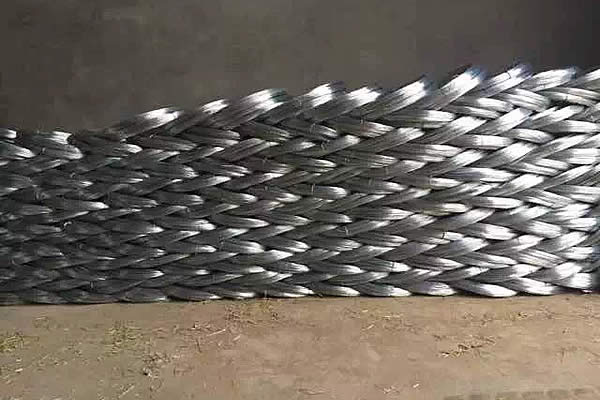 TEL:
+86-13102802206
TEL:
+86-13102802206
 Email:
fencenetting@china.com
Email:
fencenetting@china.com
 Language
Language
 TEL:
+86-13102802206
TEL:
+86-13102802206
 Email:
fencenetting@china.com
Email:
fencenetting@china.com
 Language
Language


The Importance of Temporary Site Fencing
Temporary site fencing is an essential component for managing construction sites, events, and various work areas. It is designed to create a secure perimeter around a specific area, providing safety and security to both the site and the public. With the increase in construction projects and the need for secure environments, temporary fencing has become a vital asset. In this article, we will delve into the reasons why temporary site fencing is crucial, the types available, and the benefits it offers.
Safety and Security
One of the primary purposes of temporary site fencing is to ensure safety. Construction sites can pose significant risks, including open trenches, equipment, and hazardous materials. By erecting a secure barrier, site managers can prevent unauthorized individuals from entering the area, which significantly reduces the likelihood of accidents. This is especially important in urban areas where foot traffic is high, as it protects both workers and pedestrians.
Moreover, temporary fencing acts as a deterrent against theft and vandalism. Construction sites are often targets for theft due to the expensive equipment and materials left on-site. By utilizing sturdy fencing, companies can protect their assets from vandalism and theft, which can save significant costs and reduce project delays.
Compliance with Regulations
Many jurisdictions have specific regulations regarding construction sites, including safety and security requirements. Temporary site fencing helps companies comply with these legal obligations. Regulatory bodies often mandate safety measures to be in place, and adequate fencing is typically part of these requirements. By adhering to these regulations, businesses not only avoid fines but also establish a reputation for responsibility and professionalism.
Types of Temporary Site Fencing

There are various types of temporary fencing available, each designed to meet specific needs. Among the most common are chain link fences, mesh fences, and barricade fences.
- Chain Link Fencing This is one of the most popular options due to its durability and versatility. It provides a strong barrier while allowing visibility into the site, which can deter criminal activity. - Mesh Fencing This type of fencing is often used for events and construction; it is lightweight, easy to install, and portable. It provides the basic level of security while also offering privacy.
- Barricade Fencing Typically used for events, barricade fencing is more about controlling crowds and directing foot traffic. It can be easily set up and taken down, making it ideal for temporary installations.
Cost-Effectiveness
Temporary site fencing is a cost-effective solution for securing a site. Compared to permanent fencing, temporary options require less investment, making them ideal for short-term projects. Additionally, since they are reusable, businesses can rent or purchase fencing for various projects over time, further reducing costs.
Flexibility and Convenience
One of the significant advantages of temporary site fencing is its flexibility. It can be quickly installed and dismantled, allowing for quick responses to changing site needs. Whether a construction project is nearing completion or if larger events require crowd control measures, temporary fencing can adapt to those needs.
In conclusion, temporary site fencing is an essential element for ensuring safety, security, and compliance across various types of sites, whether they be construction zones or event venues. With its wide range of options available, businesses can select the type that best fits their needs while benefiting from cost-effectiveness and flexibility. As we continue to see growth in construction and public events, the role of temporary fencing will remain pivotal in maintaining safety and order in our communities.